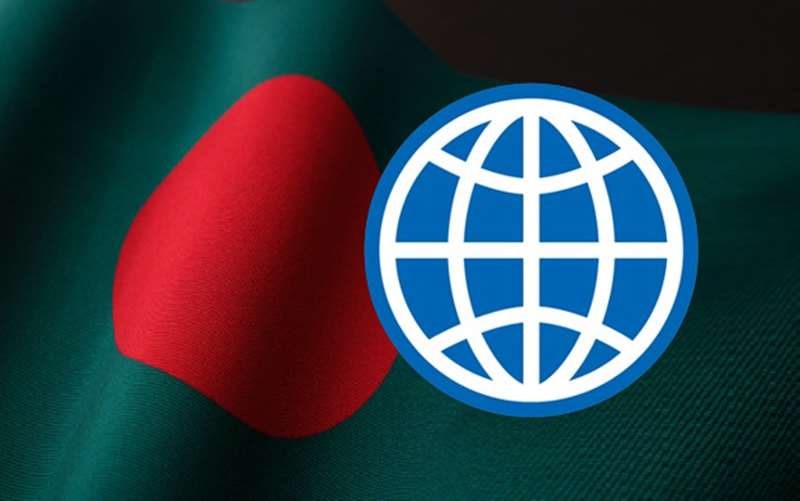Bangladesh is the biggest borrower of the World Bank

Bangladesh
Bangladesh has secured its position as the largest borrower from the World Bank, with a significant portion of its loans channeled through the International Development Association (IDA). The country's borrowing pattern reflects its efforts to fund vital development projects aimed at addressing infrastructure needs, social welfare programs, and economic growth initiatives. This report provides an overview of Bangladesh's borrowing profile, including loan distribution among major development partners and the implications of this borrowing on the country's economy.
Loan Distribution and Terms
According to data published by the Economic Relations Division (ERD), Bangladesh has secured a loan of 18.129 billion US dollars from the IDA, making it the single largest recipient of funds from the World Bank. The terms of the IDA loan include a service charge of 0.75% and an interest rate of 1.25%, totaling 2% overall. Additionally, a commitment fee of 0.50% per annum is payable on undrawn financing status. The loan allows for a grace period of 5 years before installment payments commence, with a repayment period of 30 years.
Following the World Bank, the Asian Development Bank (ADB) ranks as the second-largest lender to Bangladesh, with loans totaling 13.277 billion US dollars. Japan emerges as the third-largest contributor, extending loans amounting to 9.213 billion US dollars. Other significant lenders include Russia, China, and India, providing loans of 5 billion, 4.76 billion, and 1 billion dollars respectively. South Korea and the Islamic Development Bank (IDB) have also contributed significantly, providing loans of 743 million and 664 million dollars respectively.
Implications and Impact
Bangladesh's significant reliance on external borrowing underscores the country's commitment to financing development projects aimed at improving infrastructure, social services, and economic growth. While external financing plays a crucial role in funding these initiatives, it also raises concerns about the country's debt sustainability and repayment capacity. As Bangladesh continues to borrow from international development partners, it must prioritize prudent debt management strategies to ensure the long-term financial stability of the country.
Conclusion
Bangladesh's status as the largest borrower from the World Bank reflects its ambitious agenda for development and economic growth. The influx of funds from major development partners underscores their confidence in Bangladesh's ability to utilize resources effectively for the benefit of its citizens. However, the country must remain vigilant in managing its debt levels and implementing policies that promote sustainable economic growth while ensuring the efficient utilization of borrowed funds.










পাঠকের মন্তব্য